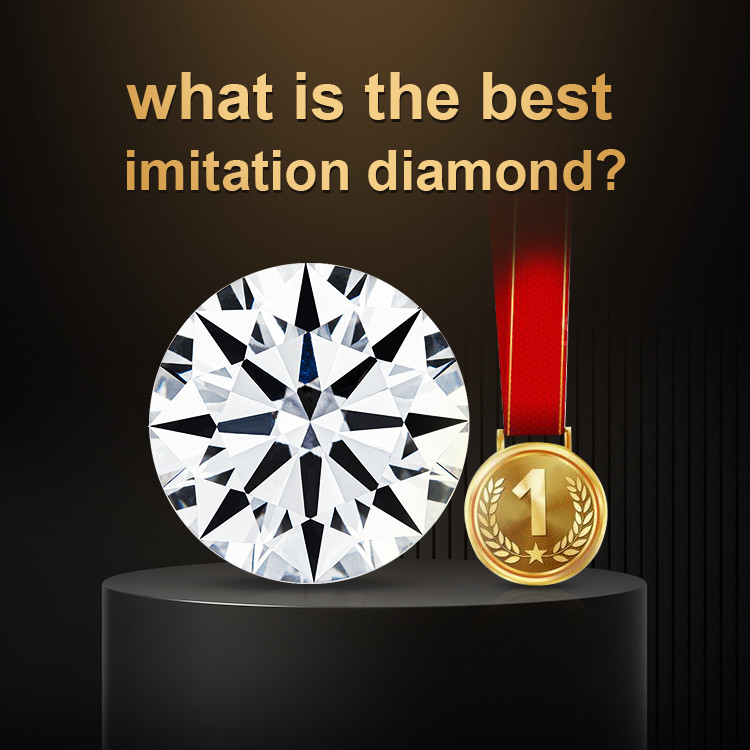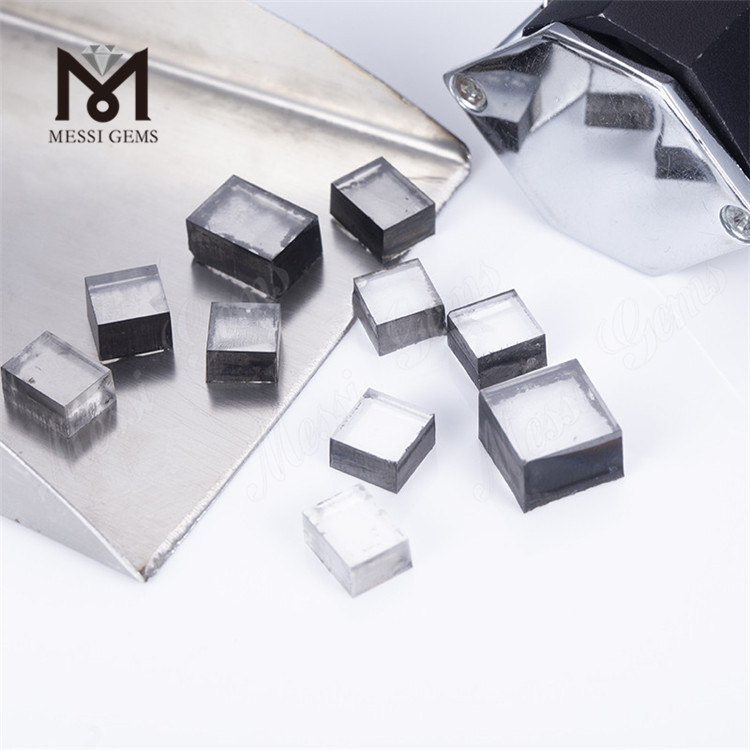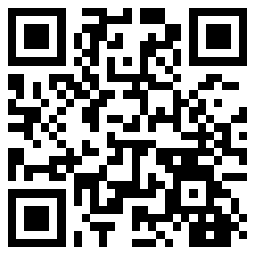
Synthetically produced diamonds, academically referred to as synthetic diamonds, have become popularly known in the market as "lab-grown diamonds" or "imitation diamond." imitation diamond play a significant role in today's jewelry market.
1. Definition and Characteristics of lab grown diamond:
Lab grown diamond refer to diamonds synthesized through artificial methods in a laboratory or factory. Various methods exist for the synthesis of these diamonds, with the most common being High-Pressure High-Temperature (HPHT) and Chemical Vapor Deposition (CVD). HPHT is a method that simulates the natural conditions under which diamonds form.
Diamonds are a natural mineral with unique and important physical properties. Here are some key characteristics of diamonds:
Hardness: Diamonds are the hardest natural substance on Earth, with a hardness of 10 on the Mohs scale. This hardness makes diamonds resistant to scratching or abrasion, making them highly sought after in jewelry.
Refractive Index: Diamonds have a relatively high refractive index, approximately 2.42. This high refractive index causes intense light refraction as it passes through the diamond, resulting in the sparkle known as "fire."
Dispersion: Diamonds exhibit strong dispersion, meaning that different colors of light are dispersed to varying degrees as white light passes through, creating a rainbow-like spectrum. This contributes to the beautiful colors seen in diamonds under sunlight or strong light.
Luster: Diamonds possess excellent luster due to their crystal structure and optical properties. Light entering the diamond undergoes multiple internal reflections, enhancing the diamond's brilliance and sparkle.
Conductivity: Diamonds are insulators and do not conduct electricity. This property makes them useful in various industrial applications, such as cutting, grinding, and electronic components.
These characteristics make diamonds unique, precious, and popular gemstones, widely used in jewelry and some high-tech applications.
2. Classification of lab grown diamond:
High-Pressure High-Temperature (HPHT) and Chemical Vapor Deposition (CVD) are two different methods used for diamond synthesis.
High-Pressure High-Temperature (HPHT):
- Principle: This method simulates the high-temperature high-pressure conditions under which diamonds naturally form deep within the Earth. In HPHT synthesis, a carbon source material (usually carbonaceous material or a carbon-saturated metal solution) is placed in a high-temperature high-pressure environment.
- Process: Under high temperature and pressure, the carbon source is exposed to a catalyst (usually a metal) and a high-temperature diamond seed. The carbon source dissolves in the catalyst and then deposits on the seed to form diamond crystals.
- Applications: hpht imitation diamond are widely used in the jewelry industry and some industrial applications.
Chemical Vapor Deposition (CVD):
- Principle: CVD synthesis utilizes carbon source gases, such as methane, which undergo a chemical reaction to deposit carbon onto a substrate, forming diamonds. This method is typically conducted at lower temperatures and pressures compared to HPHT.
- Process: In CVD synthesis, a gas mixture passes through a reaction chamber, where the carbon source gas decomposes, and carbon deposits on the substrate surface to form diamonds. Adjusting reaction conditions allows control over the properties of the synthesized diamonds, such as size, shape, and quality.
- Applications: cvd imitation diamond find applications in scientific research, industrial processes, electronics, and more.
Both methods can produce high-quality diamonds in a laboratory setting, but they have slightly different processing conditions and product characteristics. The choice between HPHT and CVD often depends on the desired diamond properties and the specific purpose of synthesis.
Comparison of HPHT and CVD:
HPHT Advantages:
1. Stable color, mostly in DE color; FG colors are rare.
2. Stable clarity, predominantly VVS1-VS2, with fewer SI grades.
3. Relatively lower prices compared to CVD.
HPHT Disadvantages:
1. Some HPHT diamonds may not pass diamond pen testing (due to residual metal catalyst).
2. Some may exhibit phosphorescence (glowing in the dark similar to luminescent stones).
3. Commonly found in Indian IGI certificates (color tends to downgrade, but cut grades may improve).
4. Some diamonds may have a blue tint.

CVD Advantages:
1. Passes diamond pen testing.
2. No phosphorescence.
3. Can be produced in larger sizes, 2 carats, 3 carats, and higher.
4. Fewer diamonds certified by Indian laboratories (color not consistently uniform).
CVD Disadvantages:
1. G color and below may have a brownish tint.
2. Generally available in one carat and above (below one carat, many undergo color enhancement).
3. Slightly higher prices than HPHT.
In summary, for diamonds below one carat, it is recommended to choose DE color VVS-VS clarity with excellent cut for HPHT diamonds. For diamonds one carat and above, choosing F color or higher with no color enhancement is preferable for CVD diamonds.

3. Factors for Evaluating the Quality of lab grown diamond:
Key factors for evaluating the quality of lab grown diamond:
Carat Weight:
- Carat weight refers to the diamond's weight and is directly related to its size. Larger carat diamonds are generally more valuable, but other quality factors should also be considered.
- Value Impact: Larger carat diamonds are rarer and more popular in the market, potentially having higher market value.
Clarity:
- Describes the degree of internal and external flaws in the diamond. Higher clarity, with fewer flaws, increases a diamond's value.
- Value Impact: Diamonds with no or minimal flaws are scarcer, typically having higher market value.
Cut:
- Cut refers to the diamond's shape and craftsmanship, including proportions, symmetry, and polish. A well-cut diamond maximizes its optical performance.
- Value Impact: Good cut enhances a diamond's brilliance and fire, positively influencing its overall appearance and value.
Color:
- Diamond color is graded from colorless to light yellow, with near-colorless and faint yellow categories. Some colored diamonds (e.g., blue, pink) may have different evaluation criteria.
- Value Impact: Colorless or nearly colorless diamonds are generally more valuable, exhibiting superior optical performance.
Polish and Symmetry:
- Polish relates to the smoothness of the diamond's surface, while symmetry describes the symmetry of the cut. Good polish and symmetry enhance a diamond's optical effects.
- Value Impact: Excellent polish and symmetry contribute positively to a diamond's appearance and market value.
Factors such as carat weight, clarity, cut, color, polish, and symmetry collectively determine the overall quality and value of a lab diamond.
4. Comparison between lab grown diamond and Natural Diamonds:
Several differences exist between lab grown diamond and natural diamonds, covering their formation processes, physical properties, market positions, and prices. Here are some comparisons:
Formation Process:
- lab grown diamond: Synthesized through artificial processes, commonly using HPHT or CVD methods.
- Natural Diamonds: Formed deep within the Earth's mantle over millions to billions of years under high-pressure high-temperature conditions.
Physical Characteristics:
- lab grown diamond: Typically exhibit physical and optical characteristics similar to natural diamonds, although there may be some minor differences.
- Natural Diamonds: Possess a unique crystal structure and properties formed naturally, including potential natural flaws, gases, or other intrinsic features.
Clarity and Color:
- lab grown diamond: Can be produced with high clarity and colorless or near-colorless qualities, as these factors are controllable during the synthesis process.
- Natural Diamonds: Have a range of clarity and color, influenced by the geological origin of the diamond. Natural diamonds may have inclusions or color variations.
Market Position:
- lab grown diamond: Widely accepted in the market and gradually becoming a part of the jewelry industry. Consumer acceptance of lab grown diamond is growing, especially considering their more sustainable production methods.
- Natural Diamonds: Retain a traditional and prestigious status, with some individuals preferring natural diamonds for their unique history and perceived rarity.
Sustainability:
- lab grown diamond: Considered more sustainable due to their production in controlled laboratory settings, eliminating the need for natural resource mining.
- Natural Diamonds: Extraction of natural diamonds may involve environmental and social issues, although some mining companies have made progress in sustainable practices.
Price:
- lab grown diamond: Generally more affordable than natural diamonds, especially for similar quality. Prices vary based on market acceptance and quality factors.
- Natural Diamonds: Tend to be higher in price, with scarcity and unique characteristics influencing their market value significantly.
In summary, both lab grown diamond and natural diamonds have their advantages and limitations. Consumer preferences often depend on factors like sustainability, value perceptions, and individual taste in diamond characteristics.
5. How to Choose the Best lab diamond:
Tips for selecting a lab diamond:
Set a Budget:
- Before purchasing, establish a clear budget. Having a budget helps you make targeted choices and avoids unnecessary overspending.
Understand the 4C:
- Familiarize yourself with the Four Cs (Carat Weight, Clarity, Cut, and Color). This knowledge will help you understand the diamond's quality and balance your preferences.
Choose the Right Cut:
- Opt for a well-cut diamond, as good cut quality contributes to enhanced brilliance and sparkle. Prioritize diamonds with favorable cut evaluations.
Understand Diamond Shapes and Styles:
- Based on personal preferences, choose the diamond shape and style. While round diamonds are the most popular, other shapes like oval, princess, etc., have their unique charm. Consider various styles such as solitaire pendants, engagement rings, etc.
Focus on Clarity and Color:
- Determine your requirements for clarity and color. lab grown diamond often provide options with high clarity and colorless or near-colorless grades, but individual preferences may vary.
6. Choose Reputable Brands or Retailers:
- When purchasing a lab diamond, consider buying from reputable brands or retailers. They typically provide certificates and detailed diamond information, ensuring you get the expected quality.
Well-Known lab diamond Brands:
Forever One by Charles & Colvard:
- Charles & Colvard is a leader in CVD diamonds. Their Forever One series offers high-quality, colorless, or near-colorless lab grown diamond.
Lightbox Jewelry:
- Lightbox Jewelry, launched by De Beers, focuses on providing lab-grown diamond jewelry. Their diamonds are mainly CVD.
Messigems:
- Messigems is a company offering both HPHT and CVD diamonds. Their diamonds find applications in various types of jewelry.
Note that these are just examples of well-known brands. Many other companies provide lab grown diamond. Ensure you research the reputation, services, and certifications of a brand before making a purchase.
Summary of Trends and Potential in the lab diamond Market:
Continuous Technological Advancements:
- lab diamond technology is continually advancing, with manufacturers improving both HPHT and CVD methods. This results in higher quality, larger carat, and more diverse lab grown diamond.
Increasing Focus on Sustainability:
- As awareness of sustainable practices grows, lab grown diamond gain popularity in the jewelry industry and among consumers. The environmentally friendly production process is a significant selling point.
Price Advantage:
- Compared to natural diamonds, lab grown diamond are generally more budget-friendly. This affordability allows more consumers to purchase high-quality diamonds, enhancing the competitiveness of lab grown diamond in the market.
Diversity and Personalization:
- The production process of lab grown diamond allows manufacturers to control diamond characteristics better. This results in more diversity and personalization options for consumers, catering to individual preferences in shape, color, and cut.
Involvement of Recognized Brands:
- Notable jewelry brands and manufacturers are actively participating in the lab diamond market, providing additional market momentum. Their involvement raises awareness and acceptance of lab grown diamond.
Choosing the Most Suitable Diamond:
Personal Preferences and Needs:
- Everyone has different preferences for diamonds. Therefore, the selection of the most suitable diamond should consider individual aesthetic preferences, budget, and needs. Focus on finding a diamond that aligns with your personal taste.
Reasonable Budgeting:
- Set a reasonable budget, clearly defining your requirements for carat weight, color, cut, and clarity. This helps in finding the highest quality diamond within your budget.
Understanding the 4C:
- For buyers, understanding the Four Cs (carat weight, color, cut, and clarity) is crucial. These characteristics directly influence the diamond's appearance and quality.
Trustworthy Brands and Certificates:
- Choose to purchase from trustworthy brands or retailers to ensure the diamond comes with authoritative certificates. This helps guarantee the quality and authenticity of the diamond.
Approaching the purchase of lab grown diamond with a rational understanding of market trends, knowledge of personal needs, and making informed choices will contribute to a satisfying shopping experience.












